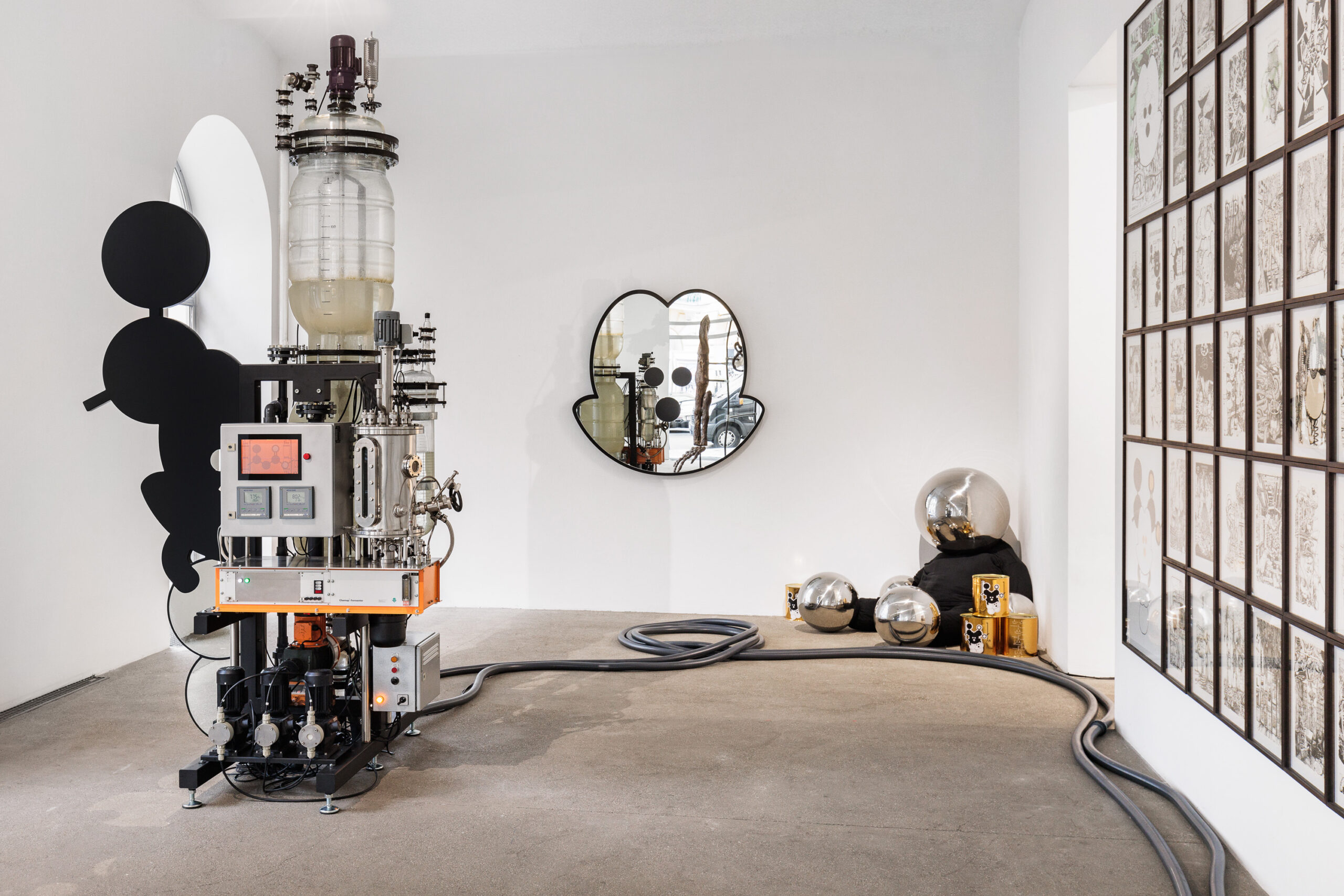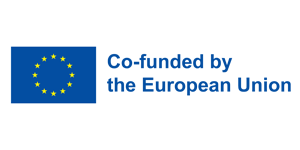METABOLICA tells a story about the cycles of life that involve nature, economy, politics, art and science. Using the metabolism of microorganism, a new material for sculptures is produced and partially degraded to create new forms and aesthetics. While art traditionally operates on a symbolic and pictorial level, METABOLICA explores molecular processes and biochemical working methods. METABOLICA goes beyond symbols to create “metabols”, not only to illustrate and to comment but also to act.
METABOLICA opens up the factory of life and tells a story of change from the industrial revolution to the present and future, from whaling and petromodernity to current and future scenarios of biochemistry.
Bacteria act as artistic actors by metabolizing fatty acids enriched in algae into the material PHB (polyhydroxybutyrate). While the sculptor’s material once came from a quarry such as Carrara and the chisel served as a tool, in METABOLICA it is living organisms. The bacteria act simultaneously as “quarry” and “chisel” by producing a new plastic for sculptures and digest them again and change their shape.
The sculpture MR MOL serves as a bioreactor for cultivating bacteria. The bacteria produce the biopolymer PHB (polyhydroxybutyrate), which replaces petroleum-based plastics such as polypropylene. The bacteria are cultivated in a two-stage process using different culture media: in MS MOL bacteria are reproduced and in MR MOL PH is produced as a storage substance.
Bio
-
 Photo: Günter Kresser
Photo: Günter KresserThomas Feuerstein
AT
Thomas Feuerstein studied art history and philosophy in Innsbruck. As a theorizing media artist, he employs a method of »conceptual narration« that combines art, architecture, philosophy, and literature with economics, politics, and technology. Linking linguistic, visual, and material elements and exploring connections between fact and fiction are key aspects of his practice. He creates artworks based on neural networks, biotechnologies, and metabolic processes.
Credit
Microbiological research and biotechnological development:
Department of Microbiology of the University of Innsbruck,
Unit of Environmental Engineering, Biotreat GmbH
Christian Ebner, Livia Hökl, Judith Ascher-Jenull, Rudolf Markt, Thomas Pümpel, Christian Scherfler,
Christoph Schinagl, Thomas Seppi, Pamela Vrabl
Materials engineering: Valentine Troi
Software: Peter Chiochetti
Mechatronics and 3D printing: Jonathan Hanny, Jan Contala (cera.LAB)
Construction and mechanical engineering: Stefan Göschl, Tobias Hartung von Hartungen
Presented in the context of the STARTS Ec(h)o project. STARTS Ec(h)o is funded by the European Union under Grant Agreement No. 101135691.





